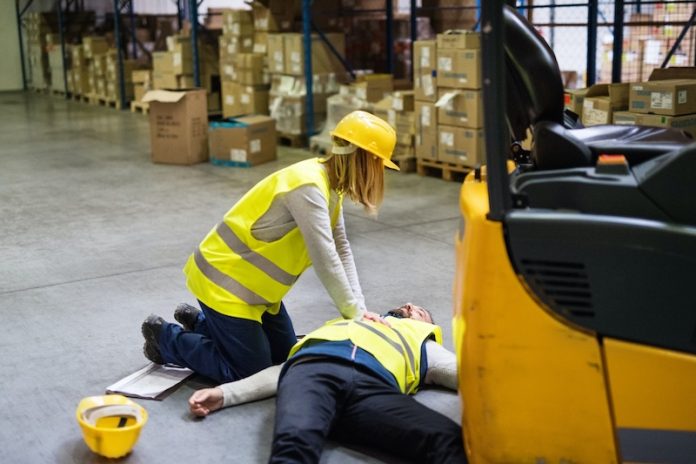
New research suggests that individuals living in neighborhoods historically subjected to the discriminatory practice of “redlining” are less likely to receive crucial lifesaving care from bystanders during cardiac arrests.
This study sheds light on how redlining’s historical legacy continues to affect healthcare disparities in certain communities.
The findings were presented at the American Heart Association’s Scientific Sessions conference in Philadelphia, but they are considered preliminary until published in a peer-reviewed journal.
Understanding the Impact of Structural Inequities
Structural inequities in housing, income, and education can translate into health disparities, as revealed by this study.
Redlining, a practice dating back to the 1930s, involved assigning color-coded ratings to neighborhoods, designating some as “hazardous” or “declining.”
This practice denied government loans to predominantly Black communities, perpetuating segregation and economic disparities.
The Impact of Cardiac Arrests
Cardiac arrest, a condition where the heart suddenly stops beating, affects over 350,000 people annually in the U.S. Sadly, approximately 90% of them do not survive.
Prompt medical attention, including cardiopulmonary resuscitation (CPR) administered by bystanders or medical professionals, greatly increases survival chances. Immediate CPR can double or even triple a person’s likelihood of surviving a cardiac arrest.
Previous research has demonstrated lower rates of bystander-administered CPR and lower survival rates in predominantly Black, Hispanic, and lower-income neighborhoods.
This new study specifically examines the relationship between historical redlining and bystander CPR rates during cardiac arrests in affected neighborhoods.
The Impact of Redlining on Bystander CPR
Researchers analyzed data from 43,186 witnessed cardiac arrests that occurred in census tracts historically classified by redlining maps. The results revealed a clear correlation between redlining and bystander CPR rates:
- In neighborhoods historically rated “best” for mortgages, 42% of witnessed cardiac arrest victims received CPR from a bystander.
- In neighborhoods rated “hazardous,” only 36% received bystander CPR.
After accounting for various factors such as age, household income, and the percentage of Black residents, the study still found that the odds of receiving bystander CPR were 14% lower in “hazardous” neighborhoods compared to “best” neighborhoods.
Addressing the Disparities
Dr. Sadeer Al-Kindi, the study’s senior investigator, emphasized the importance of targeted CPR training in redlined communities.
This training should not only teach people how to perform CPR but also address potential barriers, such as distrust of the emergency medical system or fear of legal liability.
Dr. Marina Del Rios, an associate professor of emergency medicine, stressed the need to train 911 dispatchers in engaging with hesitant callers.
Dispatchers should not only provide instructions but also address callers’ concerns and reassure them that administering CPR is a lifesaving action that carries legal protection.
Conclusion
This research highlights the enduring impact of historical redlining on healthcare disparities, particularly in the context of cardiac arrests.
Addressing these disparities requires targeted CPR training and improved communication with hesitant callers to ensure that lifesaving care is provided promptly and without hesitation in affected communities.
If you care about heart disease, please read studies that herbal supplements could harm your heart rhythm, and how eating eggs can help reduce heart disease risk.
For more information about heart health, please see recent studies that apple juice could benefit your heart health, and results showing yogurt may help lower the death risks in heart disease.
Follow us on Twitter for more articles about this topic.
Copyright © 2023 Knowridge Science Report. All rights reserved.



